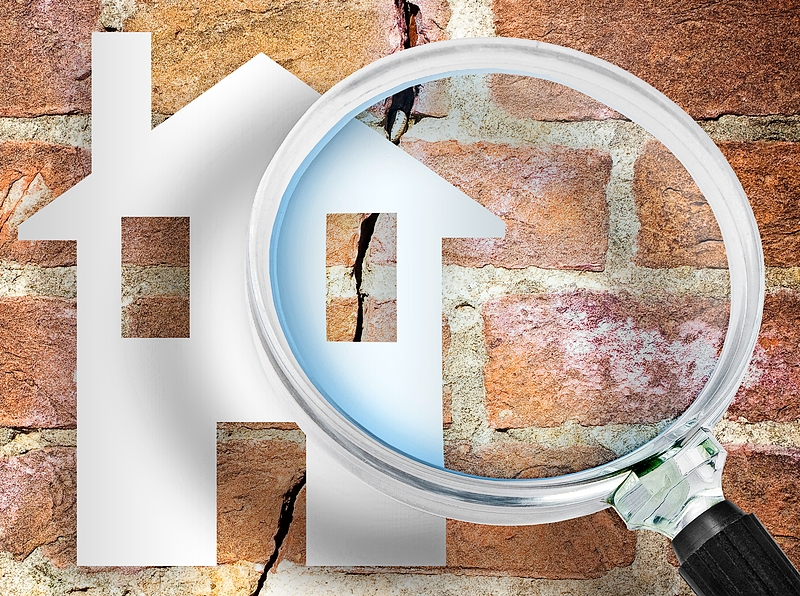The Air in There
By Mark Loehrke
Appears in the March 2023 issue.
What to know about three common home toxins

While many of us focus on the air quality out in the world, we often don’t pay nearly as much attention to the conditions and potential health hazards inside our own houses. And considering how much time we spend at home, it’s well worth a quick refresher on three of the most significant toxins that may be lurking.
Mold
Visible mold is caused by dampness or excess moisture from things like roof or plumbing leaks, basement flooding or seepage, leaky windows, or poorly ventilated kitchen stovetops and bathrooms. Problems with crawlspaces, gutters/downspouts, and foundation grading also can contribute to moisture problems. The biggest health concerns associated with visible mold or dampness are asthma and allergy symptoms, but dampness and moisture also can create an environment conducive to dust mites and other pests.
“Property maintenance is the key to preventing mold,” says Aaron Martin, toxicology section chief from the Illinois Department of Public Health’s Office of Health Protection. Clean and maintain gutters and downspouts regularly to ensure that water drains several feet away from the home’s foundation. Seal leaks in crawlspace floors with a vapor barrier. Run a dehumidifier in the basement to help reduce dampness and musty odors. Households where someone has been diagnosed with asthma or allergies may also want to try a portable air cleaner with HEPA filters.
Radon
Radon is a naturally occurring soil gas that can enter our homes through gaps, cracks, or holes in the foundation, with higher concentrations often found on the lower levels of a home, especially basements. Martin says that about 40 percent of homes that have been tested in Illinois have a radon level exceeding the recommended guideline. The primary health concern associated with radon exposure is an elevated risk of lung cancer.
“Because radon can’t be seen or smelled, homeowners need to be proactive,” he says. Testing is the only way to know if a home has a radon issue—inexpensive radon test kits can be purchased from home-improvement stores or may be available from the local health department. If the result is above the recommended action level, work with a licensed radon mitigation professional; an online list is available from the Illinois Emergency Management Agency’s radon safety program.
Carbon Monoxide
Carbon monoxide comes from improperly vented or malfunctioning appliances like gas furnaces, stoves, or water heaters. Other sources of carbon monoxide include gas-powered tools, portable generators, and motor vehicles. Common health symptoms of carbon-monoxide exposure include headache, dizziness, nausea, and drowsiness, but prolonged exposure can be fatal, Martin says.
Like radon, carbon monoxide is colorless and odorless, which is why every home with gas appliances or an attached garage should have a working carbon monoxide detector within 15 feet of every room used for sleeping (and batteries should be checked every six months). If the alarm sounds, head outside immediately and call 911. Homeowners also should have an HVAC company inspect furnaces annually.
Art by istock


